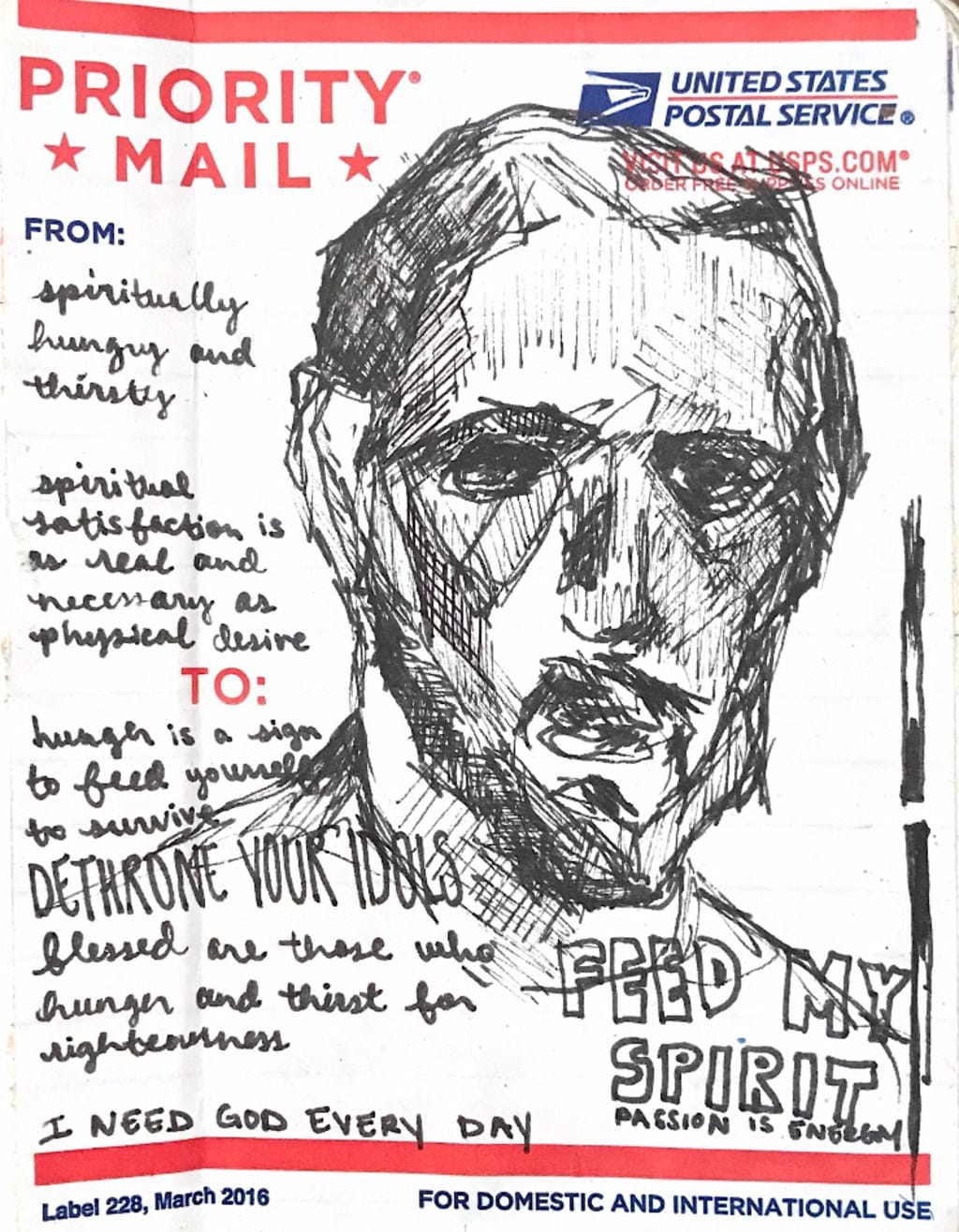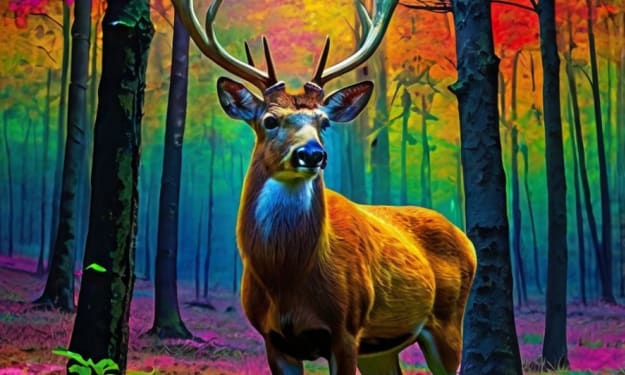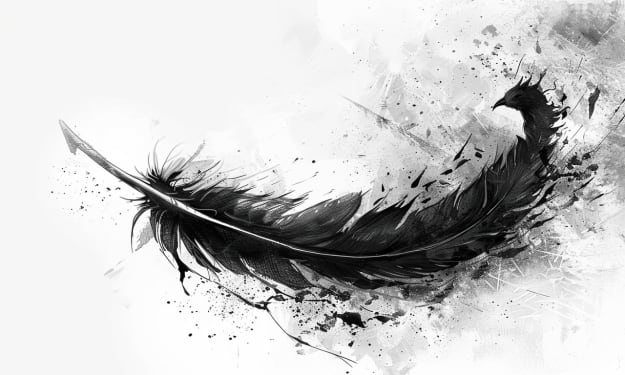What Our Heroes Say About Us
There are people we are drawn to and people we respect. In both cases, we sometimes forget to ask…why?

About You
Who are you trying to be?
Whether or not we realize it, we are all emulating the people that we look up to the most.
As kids, we learned by mimicking. Traits like our language, manners, and beliefs were directly borrowed from the people that cared for us. Our influences change as we age but each one leaves a subtle impression along the way, eventually forming what becomes our value systems.
In our heroes, we find models of who we want to become. These figures are important because they embody the goals and virtues that we end up chasing in our own lives.
Like what we choose to study.
STEM (science, technology, engineering, and mathematics) college majors, specifically computer science, were once reserved for the “nerds.” But as young students started to see more and more entrepreneurs get rich from websites, apps, and products powered by code, that changed.
From Steve Jobs with Apple, to Mark Zuckerberg with Facebook, and Evan Spiegel with Snapchat—who, at 25, became the world’s youngest self-made billionaire.
Computer science has has risen to become one of the hottest majors on campus and jobs in tech some of the most coveted. This attitude shift is perfectly articulated by the man who chronicled the rise and decline of Theranos founder, Elizabeth Holmes, another (former) tech darling. John Carreyrou said, “Coming out of college today, the height of students’ ambition isn’t to become president or win the Nobel Prize. It’s to found or join a high growth company and become a billionaire before 30 like their idols in Silicon Valley.”
When heroic figures emerge, they can change our perception of what’s possible:
Through physical resilience and bravery, they push the known limits of the human body.
Through intellectual curiosity, they break barriers of human knowledge and understanding.
And through an objection to social norms, they push the boundaries of creativity and originality.
An example to look up to is a simple thing but it can mean everything. Whether it’s Barack Obama establishing a new precedent for people of color in America that prophetically declared “Yes We Can.” Or a YouTube makeup artist helping an awkward teenage girl find her self-confidence without ever needing to meet her.
These figures can be greatly helpful as tangible mentors and role models but most often we think of heroes as abstract icons.
With icons, we appreciate the idea of the person and what they stand for more than the actual person. We don’t really know them. But by developing emotional connections to the person or their work, we color in the rest of our incomplete perceptions with what they mean to us.
In da Vinci we have the “Renaissance Man” – a polymath who takes an interdisciplinary approach to acquiring knowledge. In Gandhi, the “peaceful revolutionary” – a principled ambassador who achieves great change through patience and diplomacy. In Frida Kahlo we have “the liberated woman” – unapologetic in her defiance against conventional perceptions of femininity and confident enough to openly explore her sexuality. And in Steve Jobs we have the “visionary founder” – bold and convicted enough to pursue a radical idea that ends up changing the world. By remembering these figures through the virtues that they imprint on whole societies, their lives and legacies carry more intimate meanings for each of us.
When Steve Jobs died, shrines were set up at Apple stores around the world – from Cupertino to Beijing, Sydney to Seoul, London to Tokyo. That’s the type of significance that icons hold in our collective memory. You would typically expect that level of admiration for a high priest, not a business executive.
It’s not necessary to be a hero to all to be a hero to many.
But for a single person to affect the standards and expectations of an entire generation, it takes the right environment and a gifted ability to connect.
About Us
Thomas Carlyle once said that the history of the world is nothing but the biographies of all the great men who ever lived. Although his theory creates a flawed retelling of the past, what Carlyle understood is that the long-term impact that one extraordinary person could have was much greater than what many ordinary men or women could achieve.
This can make regular people feel larger than life.
Especially when the conditions that they inherit are arguably more important than the individuals themselves. Heroes emerge where they are needed, and the environment dictates what type of heroes a society needs.
Flashback. The year is 1960. The dawn of a new decade. Rock n Roll has been one of the most popular genres but its significance to the culture seems to be fading. Buddy Holly, a breakthrough star, has just died, and marquee artists like Elvis and Little Richard are stepping away from their music careers. Rock n Roll is popular but because it speaks to an older crowd, the youth long for a voice that speaks for them.
Meanwhile a band of teenagers forms in Liverpool. They work hard to hone their sound and by their early twenties are traveling between Germany and the UK to perform at a residency in Hamburg. This group of four would go on to produce a novel style that captured millions of fans far beyond their roots in Europe. With their long hair, myriad of influences, and willingness to discuss socially conscious subjects, the Beatles became the voice of a generation and, along the way, the bestselling musical act of all time.
The Message
What tech billionaires, artists, and revolutionaries all share is the way that they use a message to connect with us.
The message expresses their talents, ideas, or just relates to us in a way that feels intuitive. It can be about what they do or simply who they are and the lessons that their story reveals.
Tech entrepreneurs don’t just sell us a new technology, they sell us a vision. Their message emphasizes what their technology can do to transform us and our societies. Jobs put the computer in your pocket and Elon Musk is promising to make humans a multiplanetary species. The message is the medium. And when it connects with enough people to become a phenomenon it can immortalize an idea and its creator forever. Even if you don’t know who Adam Smith or Karl Marx are, you’ve likely been schooled on capitalism and communism.
Heroes can be useful as both momentary inspirations and timeless icons; as fictional characters and real people. Our most celebrated and circulated figures can come anywhere from music and movies, sports and celebrities, to in the news or from books.
To figure out what people value at any given time and across any distinct culture, just look at what they are talking about and who they choose to celebrate. Even across time periods, we can find some basic clues about a society’s values. Heroes evolve as the culture evolves. People who were once hated or ignored can later be elevated to prominence. Beauty standards can shift from an 18th century Marie Antoinette to a 21st century Kim Kardashian. And religious advisers can be displaced by scientists as the sought-after arbiters of truth.
As great as men and women can be, they are still only humans – all too capable of letting us down.
Dethrone your idols. Instead, define your ideals.
Ideals give us standards to strive towards. Heroes provide inspiration along the way, but ultimately, we are the only ones capable of doing the work to get there. The point of ideals isn’t to reach them and declare the race won; it’s to always live with something worth striving for.
About the Creator
Enjoyed the story? Support the Creator.
Subscribe for free to receive all their stories in your feed. You could also pledge your support or give them a one-off tip, letting them know you appreciate their work.






Comments
There are no comments for this story
Be the first to respond and start the conversation.